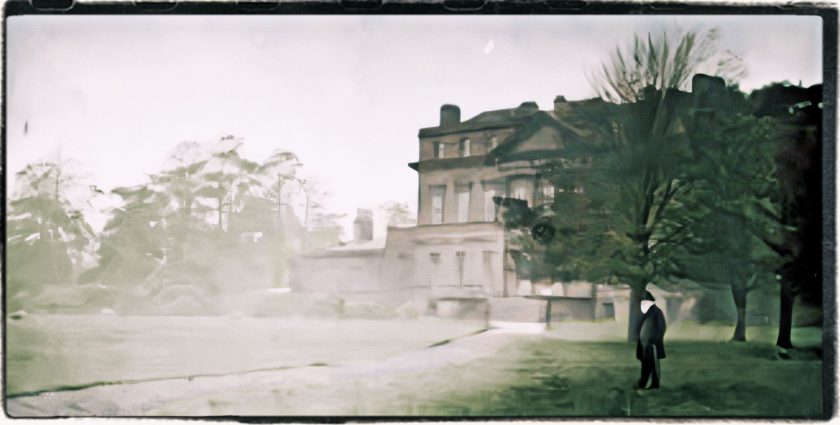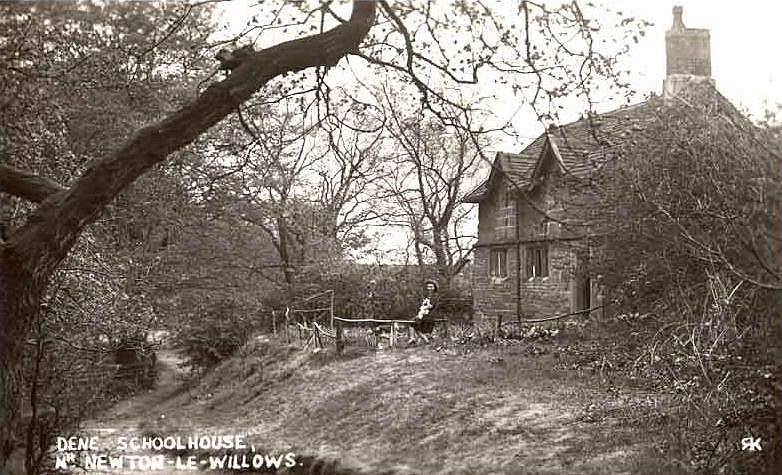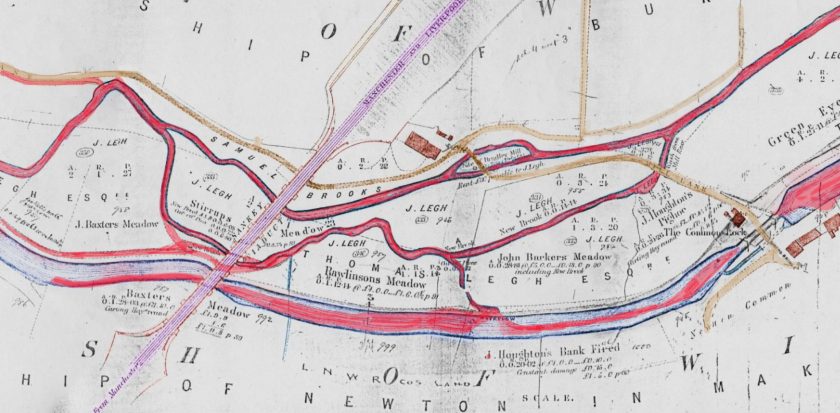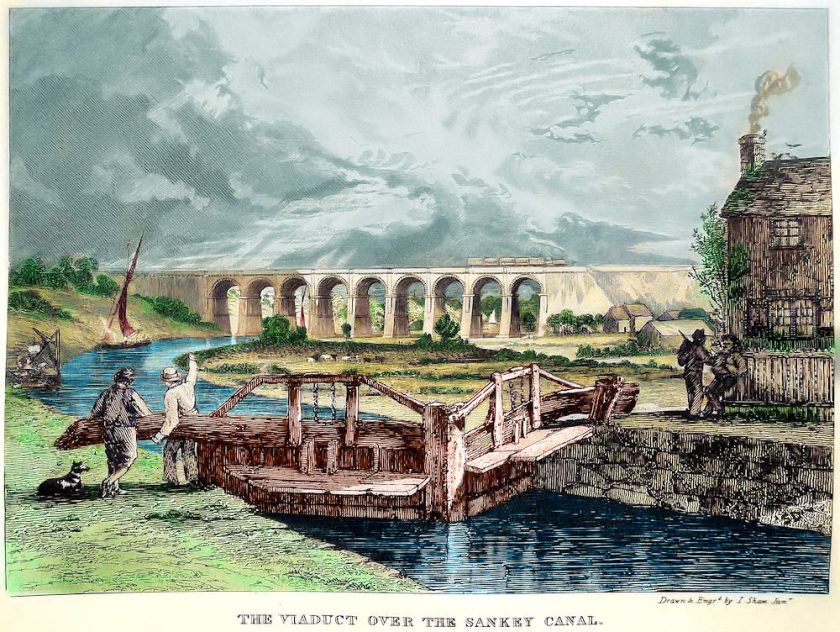The Bold family of Lancashire, associated closely with Bold Hall and the surrounding townships, has a rich and storied history that dates back to before the Norman Conquest of 1066. This essay will explore the lineage of the Bold family, the architectural and cultural significance of Bold Hall, and the evolution of the associated townships over the centuries.
Origins and Early History
The Bold family’s roots in Lancashire trace back to a period before the Norman Conquest, suggesting an ancient lineage deeply embedded in the region’s history. The earliest documented reference to a member of the Bold family is of William de Bold in 1154, but it is likely the family had significant local influence even prior to this date. This early mention positions the Bolds among the medieval gentry, occupying a socio-political landscape shaped by feudal relationships and land grants which were typical of the era.
The name ‘Bold’ itself may derive from the Old English ‘bold’ or ‘bote’, implying a dwelling or homestead, which is fitting given the family’s long-term establishment in the area. The manor of Bold, lying near the burgeoning medieval townships of Lancashire, would have been a focal point of both agricultural and administrative activities.
The family’s fortunes were intimately tied to the land they owned and governed. Over the centuries, through strategic marriages and inheritances, the Bolds expanded their holdings, cementing their status as local landowners and contributing to the administrative and judicial life of the region. For instance, their involvement in local disputes and management of estates are well documented in medieval records, often detailing their participation in juridical matters and their roles as jurors and officials, which were prestigious positions in medieval England.
Manorial Establishment
By the 12th century, the Bolds had established themselves sufficiently to warrant the construction or enhancement of Bold Hall, the family seat. This hall was not just a home but a symbol of feudal authority and familial legacy. It served as the administrative centre from which the Bolds oversaw their estates and interacted with the peasantry and other gentry. The architecture of the hall, likely fortified initially given the turbulent periods of the 12th and 13th centuries, would have evolved over time to reflect the family’s growing wealth and influence.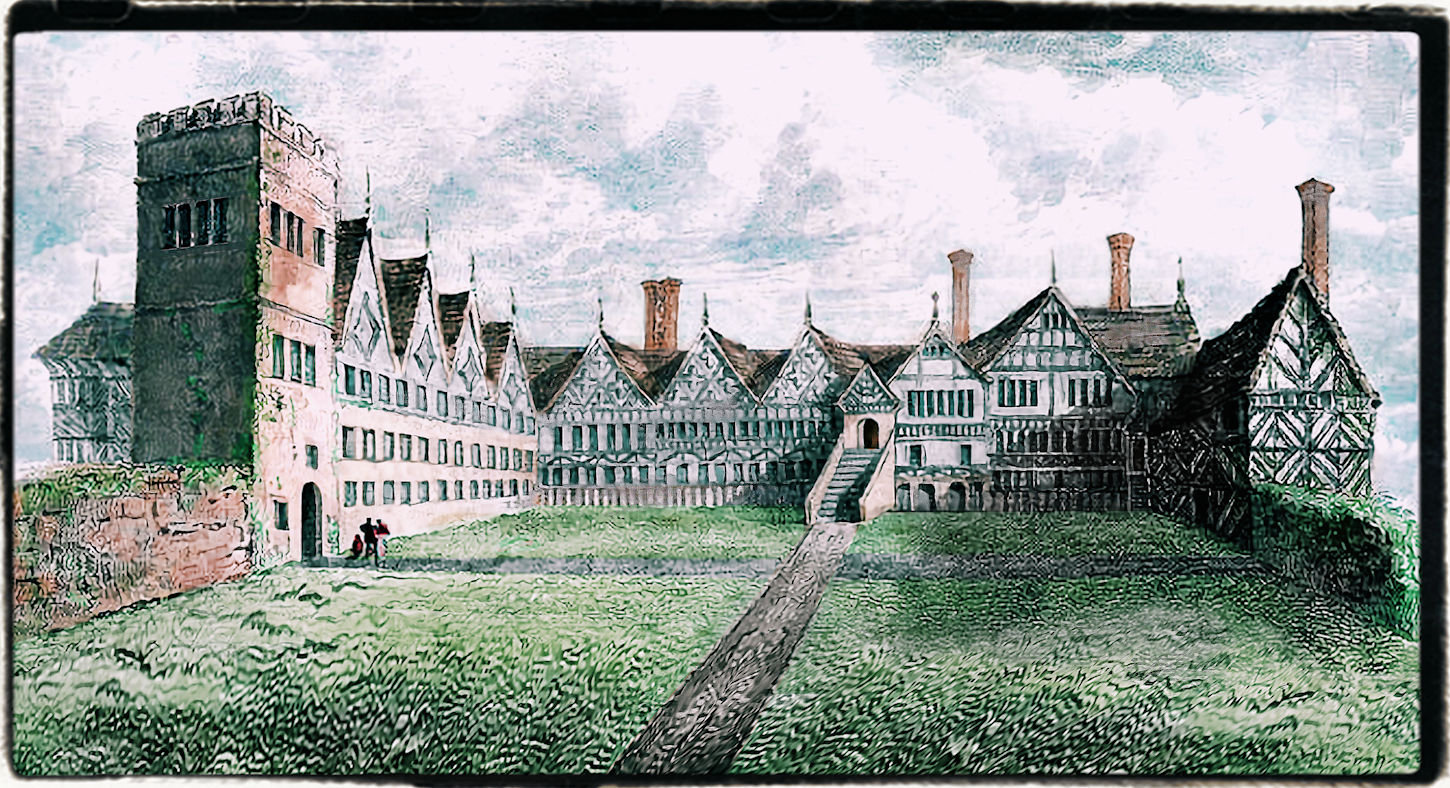
Medieval Prominence and Military Engagements
The family’s prominence grew over the centuries, the Bold family were also known for their military roles, with notable figures such as John de Bold, who defended Caernarfon Castle against Owen Glendower in 1402. For his valour, John was knighted and granted extensive lands, marking the beginning of the Bold family’s substantial landholdings in Lancashire . His contributions were further recognized when he was appointed High Sheriff of Lancashire, a position held by multiple members of the Bold family across generations.
Beyond local skirmishes and feudal obligations, they participated in significant national conflicts, which sometimes aligned them with pivotal historical events. For example, records might reveal participation in the Crusades or in battles such as the Battle of Agincourt, linking them to broader European and religious military campaigns. These roles not only enhanced their prestige but also ensured the family’s continued prominence in royal and noble circles, securing further lands and titles.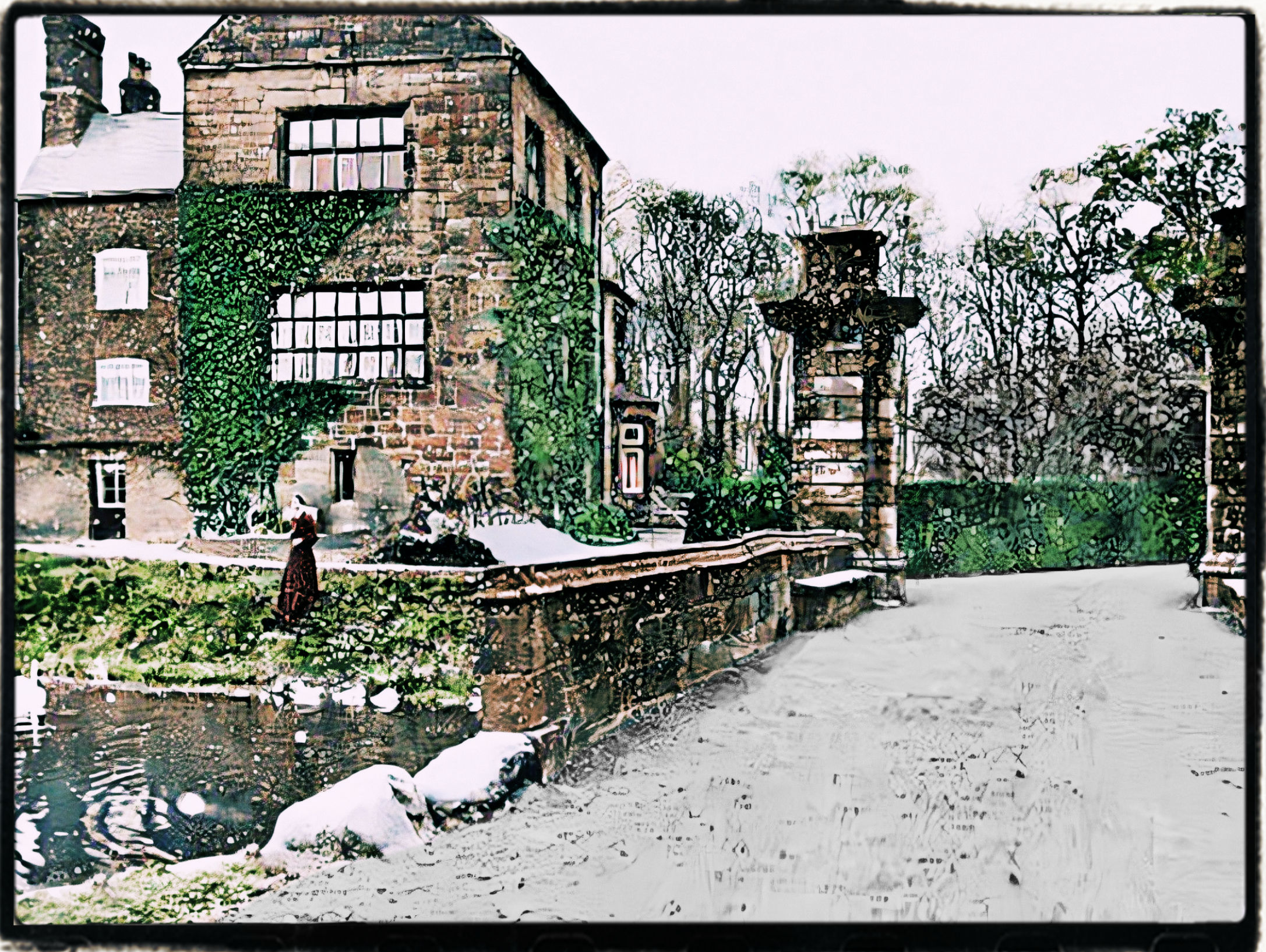
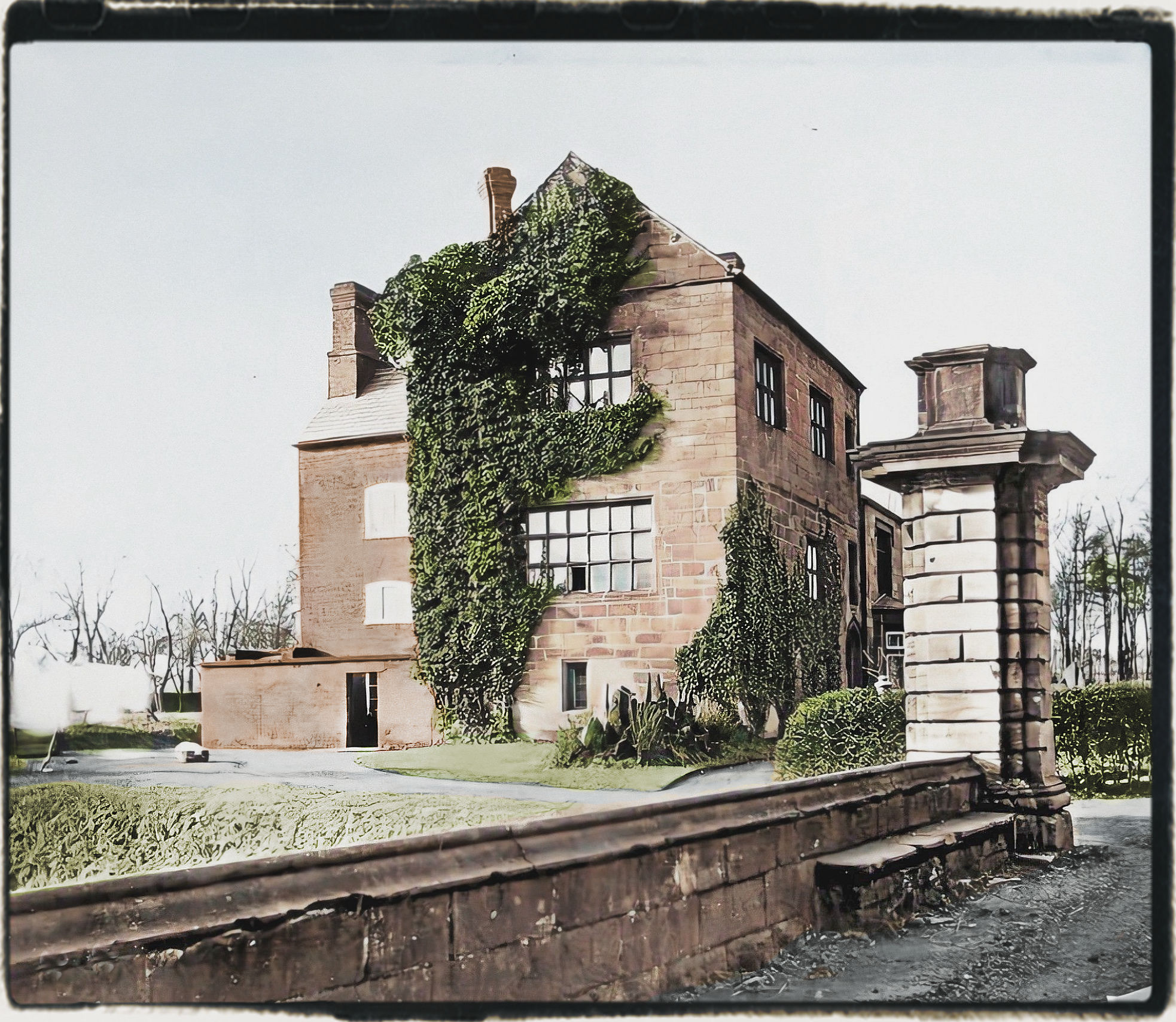
Expansion and Influence
By 1588, the Bold family had amassed around 33,000 acres of lands, extending their influence into Buckinghamshire and Yorkshire, and even holding lands in Ireland. Their social standing was such that by 1802, Jonas Bold was serving as the Lord Mayor of Liverpool, and Bold Street in Liverpool was named in his honor .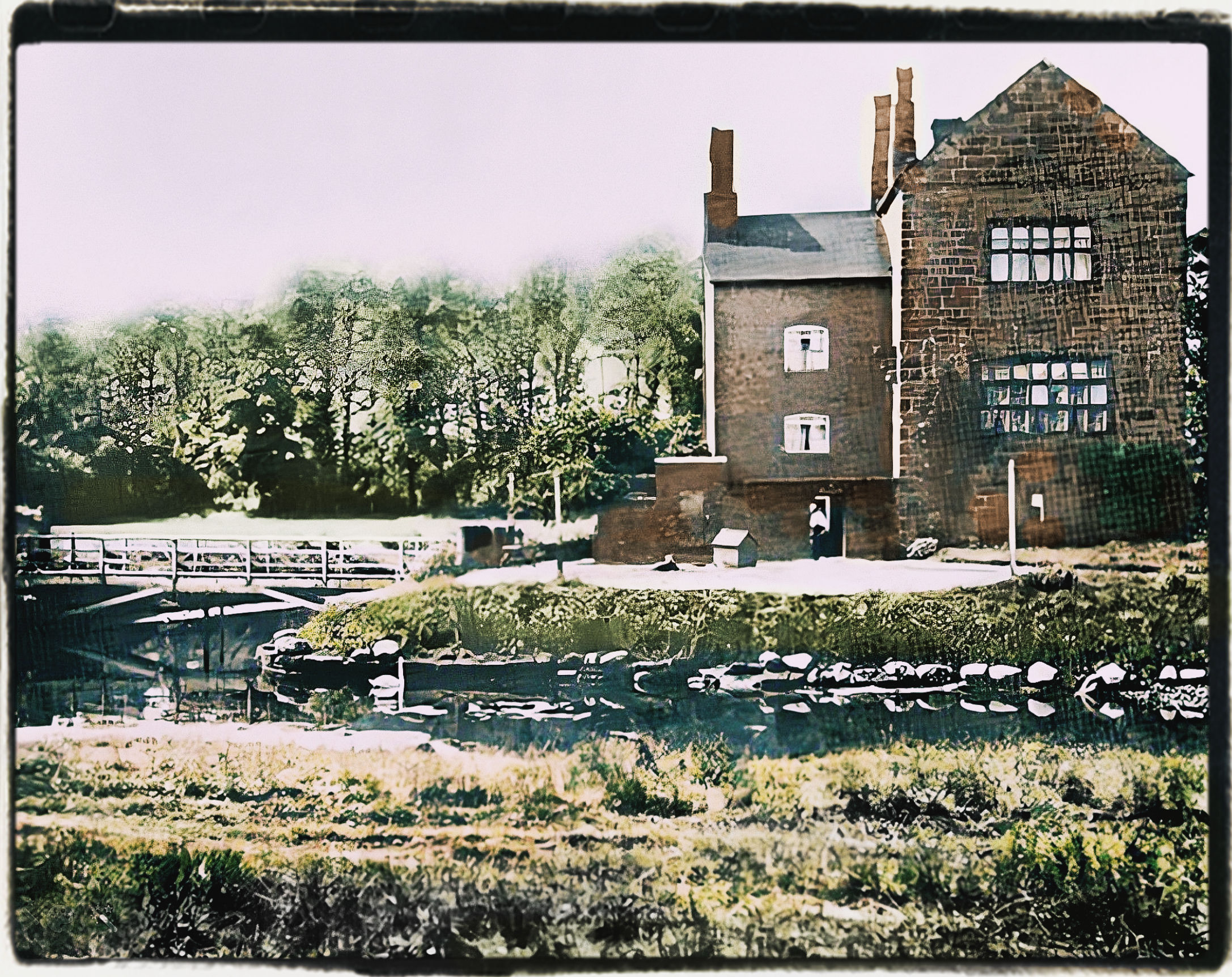
The Bold Manors and Lands
The Bold family’s estates, including the significant manors of Quick, Barrow, and Brinsope, played pivotal roles in establishing and expanding their territorial and administrative influence throughout Lancashire. These manors were not merely residences but strategic holdings that facilitated the family’s economic growth and social dominance in the region.
Quick Manor
Quick was one of the key estates under the Bold family’s control. It functioned as a vital administrative and economic center. Through Quick, the Bolds managed extensive agricultural lands and engaged in local governance, which significantly influenced the surrounding areas, including Burtonwood. The management of these lands often involved overseeing tenant farmers and local production, which were critical to sustaining the family’s wealth and local influence.
Barrow Manor
Barrow, another significant holding, played a similar role. Located strategically, Barrow Manor served as a hub for the Bolds’ regional agricultural activities. It was instrumental in the development of local agriculture and trade practices. Barrow’s proximity to key trade routes likely enhanced its importance as a commercial center, indirectly benefiting the economic landscape of nearby townships like Prescot.
Brinsope Manor
Brinsope, though less documented than Quick and Barrow, was another notable estate that contributed to the Bold family’s extensive landholdings. As with their other manors, Brinsope was integral to the family’s agricultural and territorial management. It helped extend their influence into surrounding areas, supporting both economic activities and the family’s social standing.
Influence in Burtonwood and Prescot
The Bold family’s influence in Burtonwood and Prescot was marked by their ownership of land and their role in local governance. Through their estates, they were significant landowners, contributing to the economic development of these areas. Their manorial system allowed them to exert considerable influence over the agricultural practices and local governance structures. In Prescot, particularly, their influence was likely felt in the development of local industries and crafts, which were integral to the town’s economic profile.
The Bold Manors—Quick, Barrow, and Brinsope—were more than just familial residences; they were centers of power, governance, and economic activity that significantly shaped the landscapes of Burtonwood and Prescot. The Bold family’s adept management of these estates ensured their enduring legacy in the region, illustrating the intertwined nature of land ownership, economic policy, and local influence in medieval and early modern England.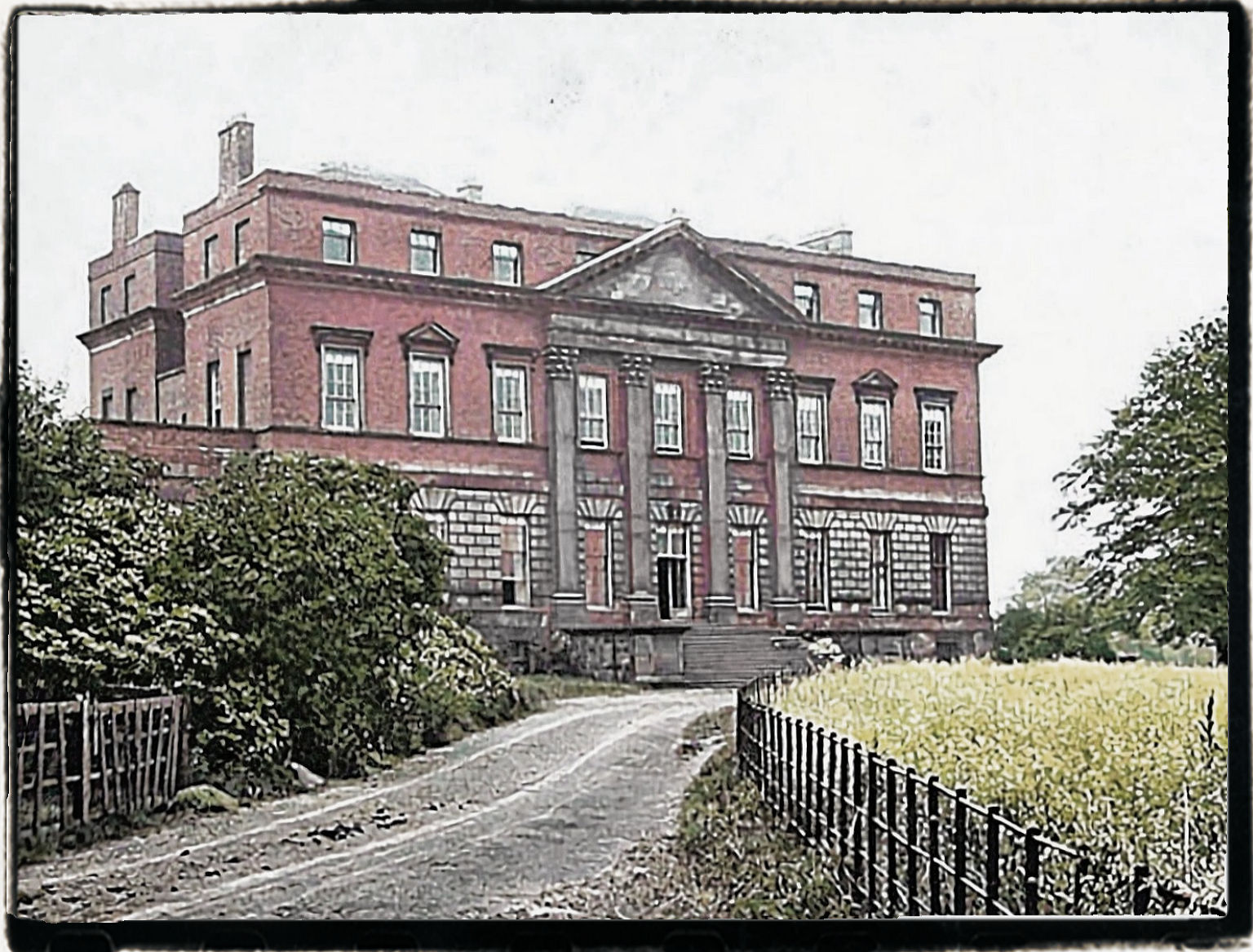
Architectural Heritage
Bold Hall itself was a central figure in the family’s legacy. Described in historical records as a substantial and handsomely adorned edifice, the hall underwent various renovations and expansions, particularly under the guidance of Italian architect Leoni in the early 18th century . The hall was not only a residence but a symbol of the family’s wealth and taste.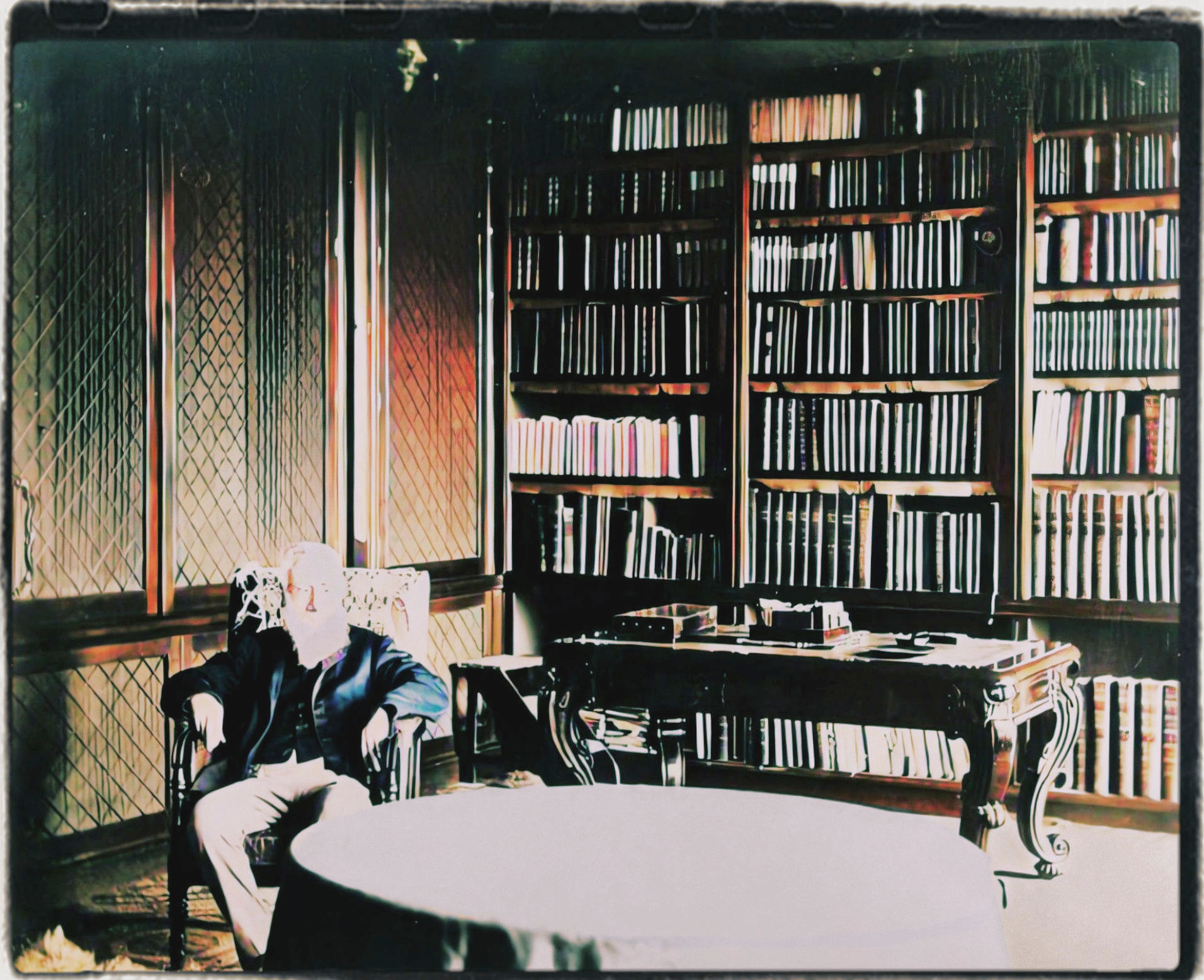
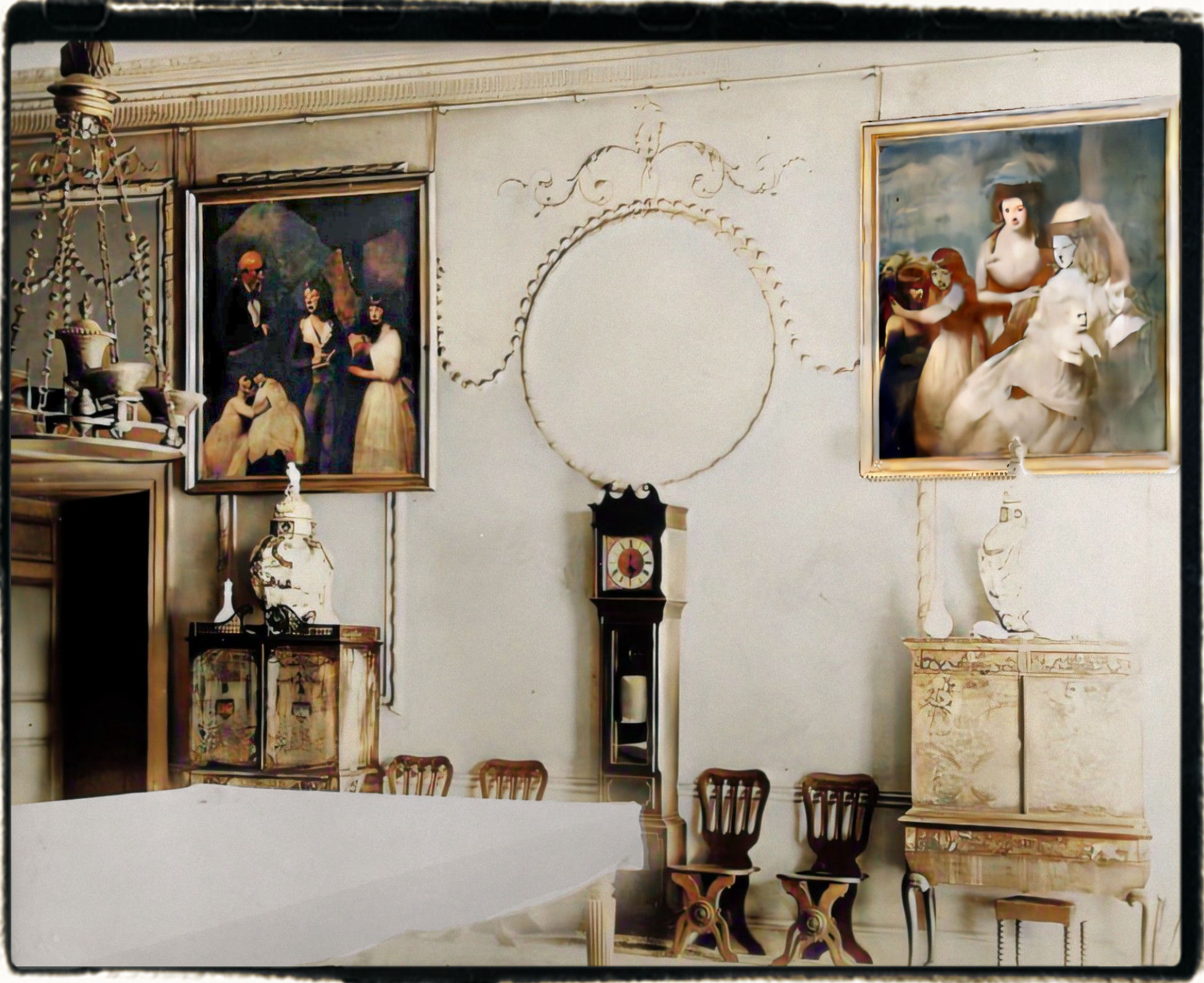
Spiritual and Charitable Endeavors
In line with the practices of the medieval gentry, the Bolds likely patronized religious establishments and participated in charitable activities. This would have included funding monastic houses or chapels within their domain, a common practice to demonstrate piety, secure spiritual benefits, and stabilize local governance through ecclesiastical relationships.
Decline and Transformation
The 19th century marked a period of decline for the Bold family’s direct influence, as the last direct male descendant died in 1761, leading to the eventual sale of the estate in the mid-19th century to a Wigan cotton merchant, Henry Tipping, who later allowed the hall to fall into disrepair . The estate was eventually sold to a coal mining consortium, which demolished the hall, marking the end of an era.
Legacy and Modern Era
Despite the physical loss of Bold Hall, the Bold family’s legacy persists in the region through place names and local histories. The family is also commemorated in various coats of arms and memorials, reflecting their enduring impact on the local heritage .
The Bold family in Historical Documents
1154 – “The earliest known record mentions a William de Bold.”
1212 – “The earliest record of BOLD is found in the survey of 1212.”
1223 – “In May, 1223, Thegnage Rent: The text specifies that Adam de Bold was fined 3 marks for his relief and had livery of three plough-lands.
1226 – “In 1226 the thegnage rent of Bold was 21s. 4d. as before.”
1265 – “William de Bold was juror in 1265, in various legal proceedings.”. Land Tenure Rights: The specific details about the other individuals are not mentioned or the different rights, but generally, it pertain’s to landholders or tenants in the Bold area.
1272 – “An agreement in May, 1272, states that William de Bold had recovered certain lands.”
1284 – “Henry de Lathom quitclaimed to Robert de Bold all his right in the land formerly held by Henry de Torbock in Bold.”
1291 – “John, son of William de Quike, in 1291.”
1293 – “Robert, lord of Bold, he gave lands in La Quick to his son Peter in 1293, with remainders to his younger sons Matthew and Nicholas.”
1295 – “Richard, son of William de Coran, in 1295 similarly resigned all his right in Camwall Wood.”
1297 – “In 1297 the father, Robert lord of Bold, gave his son various lands and a rent of 5s. 8d. in Bold; the remainders were to Richard’s brothers Peter and Matthew.”
1300 – “Cranshawe and Craunshaw, 1300; It was acquired by the Haydocks from Matthew de Bold in free marriage with Alice his daughter.”
1302 – “Nicholas de Quike and his wife Lettice are mentioned.”
1323 – “Robert, lord of Bold, and Agnes his wife made a grant of lands to Nicholas their son.”
1325 – “An indenture of May, 1325, recites a deed by which Sir Henry de Trafford was bound to Robert de Bold to pay certain sums.”
1325 – “Robert de Bold” is mentioned in reference to documents for land transactions within Bold.
1334 – “Richard de Bold was accused of a breach of the forest laws in 1334 by enclosing 20 acres in Bold.”
1346 – “In 1346 Richard de Bold was tenant under William le Boteler.”
1357 – “John, son of Thomas de Bold, was involved in the settlement of a conflict.”
1388 – “In an inquisition of 1388, the tenure is described as ‘in socage, rendering a barbed arrow’; the involved parties were the Haydock family.”
1408 – “Sir John de Bold’s will, made perhaps in 1408, is among the Scarisbrick Deeds.”
1411 – “In 1411, John de Bold had ceased to be sheriff and took charge of Conway Castle.”
1422 – “On 24 June, 1422, the prior and convent of Austin Friars at Warrington granted Sir John Bold and Dame Elizabeth his wife a chantry.”.
1436 – “Sir John de Bold was responsible for the wages of six archers at 4d. a day”.
1450 – “Tuger Bold had a grant of lands from his father in 1465; he is also mentioned in 1450″.
1464 – “Security for the good behaviour of Henry de Bold was given in 1439 by Sir William de Torbock and others; he
1464 – “Good Behaviour Security for Henry de Bold“: Sir William de Torbock and others provided security for Henry de Bold, explicitly naming these individuals.
1464 – Henry de Bold was a party to his grandson’s marriage covenants in Oct. 1464″, mentioning his participation in familial agreements.
1469 – “She [Ellen Bold] was still living in 1469″.
1485 – “In a deed dated Sept. 1499, he Richard Bold is ‘esquire’; in an agreement with King’s College, Cambridge as to the payment to them of a rent of 20s., in June, 1506, he is ‘knight'”.
1499 – “In a deed (n. 122) dated Sept. 1499, he Richard Bold is ‘esquire'”.
1506 – “In June, 1506, Richard Bold was referred to as ‘knight’ in an agreement with King’s College, Cambridge concerning the payment of a rent of 20s.”.
1526 – Chapel at Bold: The text does not specify any individuals directly connected to the chapel but may imply involvement by the caretakers or religious officials of that era.
1526 – Land Deeds and Legal Activities: The document does not specify individuals for this broader legal activity in 1526 other than noting it as a part of estate management which would involve the Bold family or their legal representatives.
1527 – “Ellen Bold, his father’s widow, was still living in 1527, she remarried and is now the wife of James Clarell, with an annuity of £21.”.
1529 – “Richard Bold, the son and heir, was aged seventeen and more in 1529, making specific arrangements for his inheritance.”.
1551 – “Richard Bold is married at a place in Bold called Barrow Heath within Bold in 1551.”
1553 – “In 1553, he made a feoffment of his manors, detailing provisions for his children.” The individual ‘he’ refers to is implied to be Richard Bold.
1557 – “A note on his will, dated 20 Oct. 1557, where he specified distributions and his desires for burial.” The ‘his’ likely refers to** Richard Bold**, mentioned earlier in relation to the will details.
1567 – “Heralds’ Visitations noted the family details. The family members recorded included Richard Bold, his wife Ellen, and their children“.
1584 – “Richard Bold is mentioned in documents. He was suspected of not conforming to religious norms in 1584.
1591 – “Richard Bold reported to have reformed, along with his wife and family.
1601 – “Richard Bold was alive in 1601, managing his estate and family affairs”.
1603 – “A settlement of his manors was made in 1603. This involves Richard Bold, shortly before his death”.
1612 – “Richard Bold’s descendants came into possession of the estate”.
1635 – “Richard Bold died leaving an infant son, Peter Bold, who later became the head of the family”.
1654 – “Peter Bold served the office of sheriff in 1654″.
1664 – “Family details recorded in Heralds’ Visitations included Peter Bold and his immediate family members”.
1690 – “Peter Bold was sheriff again in 1690″.
1691 – “Peter Bold died, leaving a minor son”.
1703 – “Richard Bold died young, and his son, also named Peter, came into possession”.
1727 – “Peter Bold was elected to Parliament”.
1750 – “Peter Bold served in Parliament for several terms until 1760″.
1762 – Peter Bold died in 1762, leaving six daughters. His eldest daughter, Anna Maria, succeeded to Bold and other estates.
1813 – Upon her death Anna Maria Bold in 1813, the estates passed to Peter Patten, son of Thomas Patten of Bank Hall, Warrington, by his wife Dorothea Patten (nee Bold), who was the younger sister of Anna Maria Bold.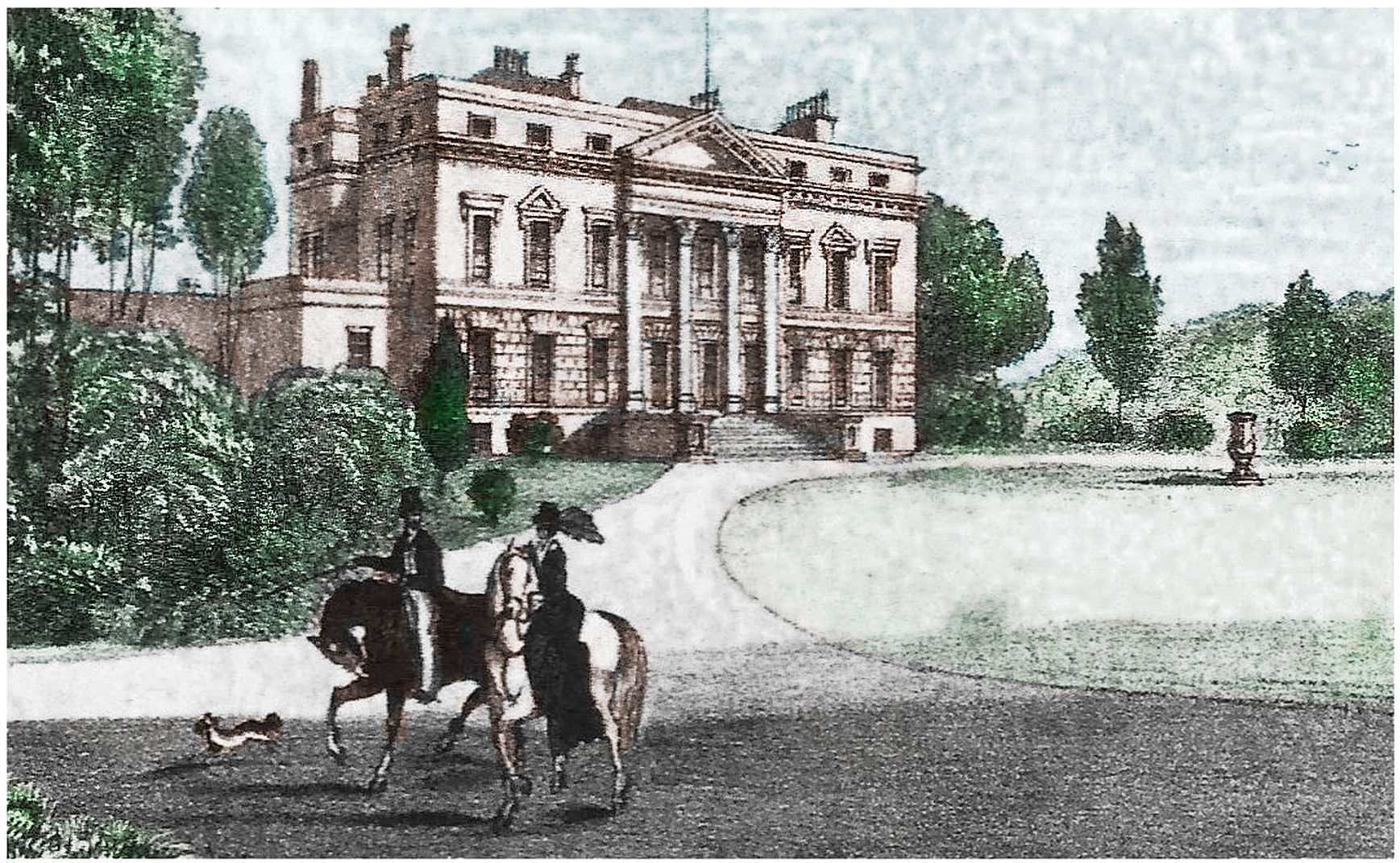
A Summery of the Bold Family History
The history of the Bold family and Bold Hall is a compelling narrative of ascent, prominence, and eventual transformation, encapsulating the rise and fall of a notable Lancashire lineage. Originating from humble Anglo-Saxon roots, the Bolds epitomized the medieval gentry life through strategic land ownership, military involvement, and active local governance. Over the centuries, they evolved from medieval knights to influential landlords and political figures, significantly shaping Lancashire’s socio-economic landscape. Their involvement in major historical events—from local skirmishes to national conflicts—coupled with their patronage of religious and charitable endeavours, highlights their deep integration into and impact on the fabric of medieval England.
As they transitioned through eras, the Bolds’ architectural undertakings, especially the construction and expansion of Bold Hall, mirrored broader architectural and social trends. The hall itself, once a symbol of feudal authority and familial legacy, adapted over time to reflect the family’s wealth and taste before its eventual decline in the face of industrial and economic changes. Despite the physical loss of Bold Hall, the legacy of the Bold family continues to resonate in Lancashire, evidenced by place names, historical records, and enduring local lore.
Conclusion
The enduring legacy of the Bold family, from their early establishment to their impact on regional development, showcases a dynamic interplay of tradition and adaptation. Their story is not just a reflection of a family’s history but a vibrant chapter in the broader historical narrative of England, illustrating the transformation of societal structures, economic conditions, and architectural styles over centuries.
